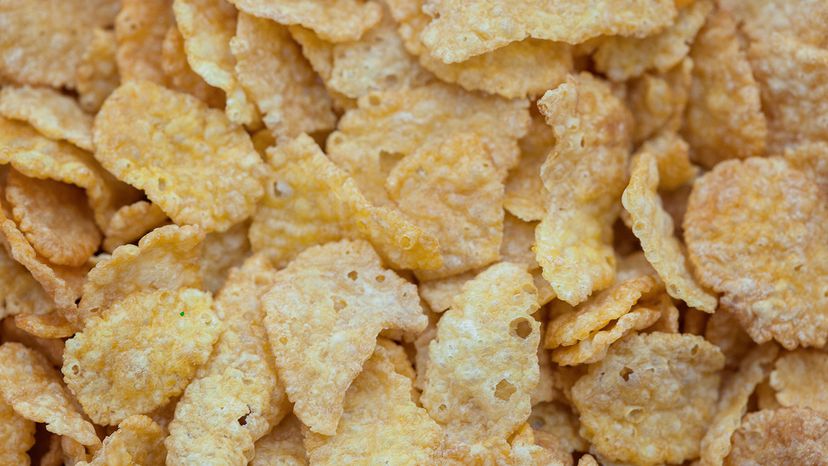 “Surprisingly, the 2018 Honey Smacks recall wasn’t the first outbreak of salmonella in cereal. Carol Yepes/Moment/Getty Images
“Surprisingly, the 2018 Honey Smacks recall wasn’t the first outbreak of salmonella in cereal. Carol Yepes/Moment/Getty Images
The Centers for Disease Control and Prevention (CDC) stepped up its warning in July about Kellogg’s Honey Smacks cereal, even after Kellogg’s recalled the cereal in June. A salmonella outbreak that had infected 100 people in 33 states (at the time of publication), prompted the CDC to boldly say, "do not eat any Kellogg’s Honey Smacks cereal. … Even if some of the cereal has been eaten and no one got sick, throw the rest of it away or return it for a refund."
The recall had us wondering how salmonella got into cereal. Isn’t it mostly found in eggs and chickens?
Salmonella is a type of bacteria — and there are many strains — that usually live in animal intestines. It’s one of the more common causes of foodborne illnesses, usually associated with animal foods, such as meat and dairy products, but it can find its way into dry food like cereal, too.
"It can get into food through ingredients, and through the processing environment," says Hendrik Den Bakker, Ph.D., a professor at the University of Georgia’s Center for Food Safety. By processing environment, he means that food pathogens like salmonella can be introduced to food through contaminated equipment that hasn’t been properly cleaned, from the facility itself, or introduced by people. (Hand-washing, of course, is key.)
Those are the basics. Beyond that, salmonella, like other organisms, is wily, and some strains have been able to adapt to different conditions, including dry environments. "The thing with food pathogens is if they experience one stress, they develop resistance to other stresses," Den Bakker says. "If salmonella is exposed to dry environments, they are better able to resist heat treatment."
Cases of salmonella contaminating dry food used to be less common, but that’s changed in the last decade, says Den Bakker. "We’ve had it in imported spices, in dog food and dry pet foods. This is not the first outbreak for salmonella in cereal. In 2008, there was a salmonella outbreak related to rice and wheat puff cereals. It’s not unheard of," he notes. The 2008 outbreak, connected to cereals made by Malt-O-Meal, caused at least 28 cases of illness in 15 states.
Den Bakker says that although cases involving dry food are becoming more common, part of the reason is due to advances in food safety that make it easier to identify and track pathogens.
"We’re more alert and more able to detect outbreaks much earlier. We’re much more able, thanks to genome sequencing, to establish a link between cases and do epidemiological research. That’s something that’s become much better in the last decade," the professor explains.
But, dry food contamination means consumers have to use new strategies to protect themselves. "For cereals, it’s ready-to-eat food, so you’re not going to microwave your Honey Smacks," Den Bakker says.
Moreover, salmonella isn’t the only pathogen to cause problems for what we might think of as "dry food." E. coli has been known to show up in raw flour and make people sick (see our article on More Reasons Not to Eat Raw Cookie Dough).
So what’s Den Bakker’s best advice for hungry consumers? "Make sure you’re aware of recalls." To take his advice, sign up for food recall alerts at foodsafety.gov.
Now That’s Gross
Salmonella has long been associated with birds including chickens, reptiles, amphibians and mammals, including pigs, cows and horses. But there are strains of salmonella that have adapted to survive in insects. While no salmonella has been associated with honeybees, cockroaches can harbor and spread the bacteria.


